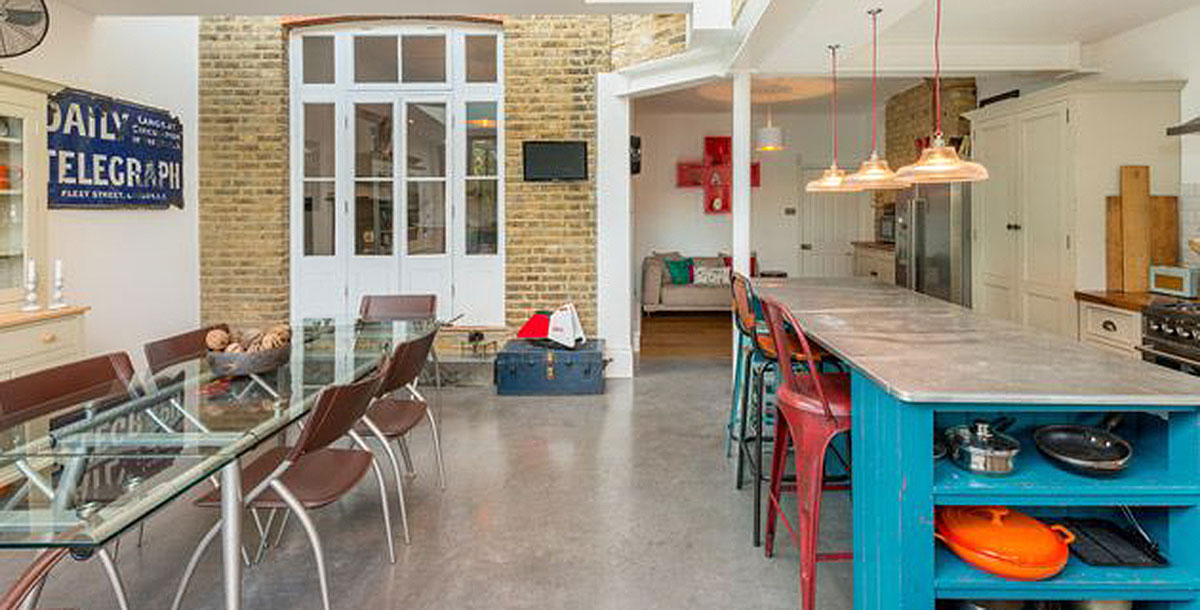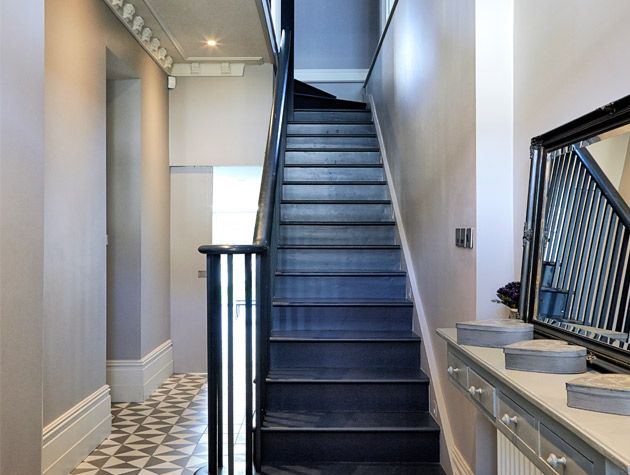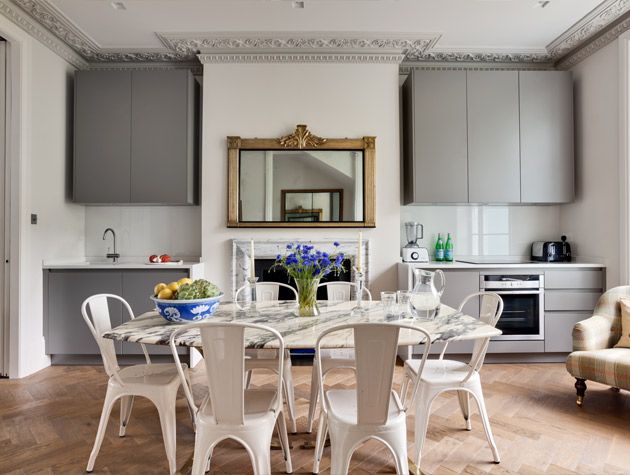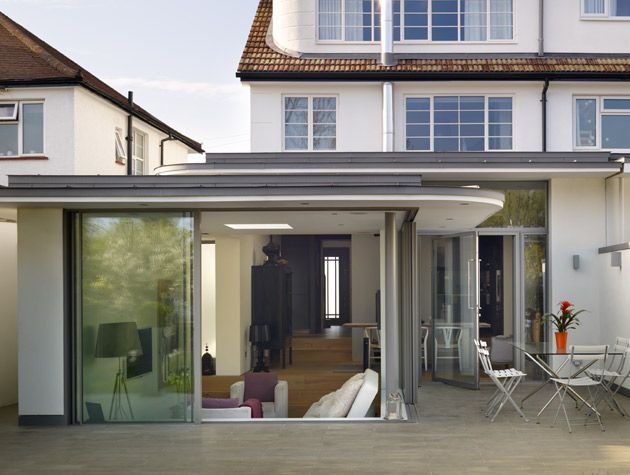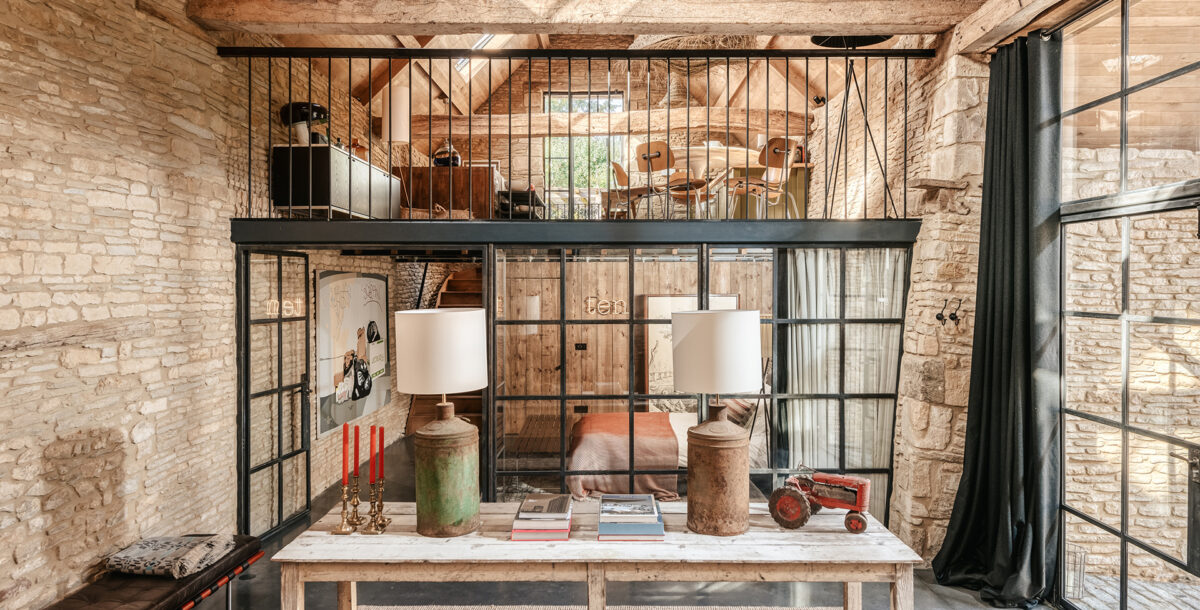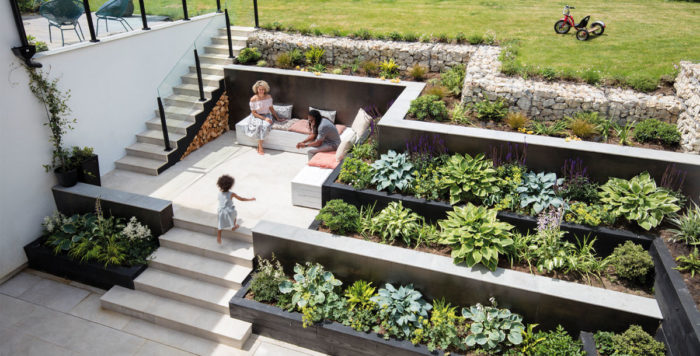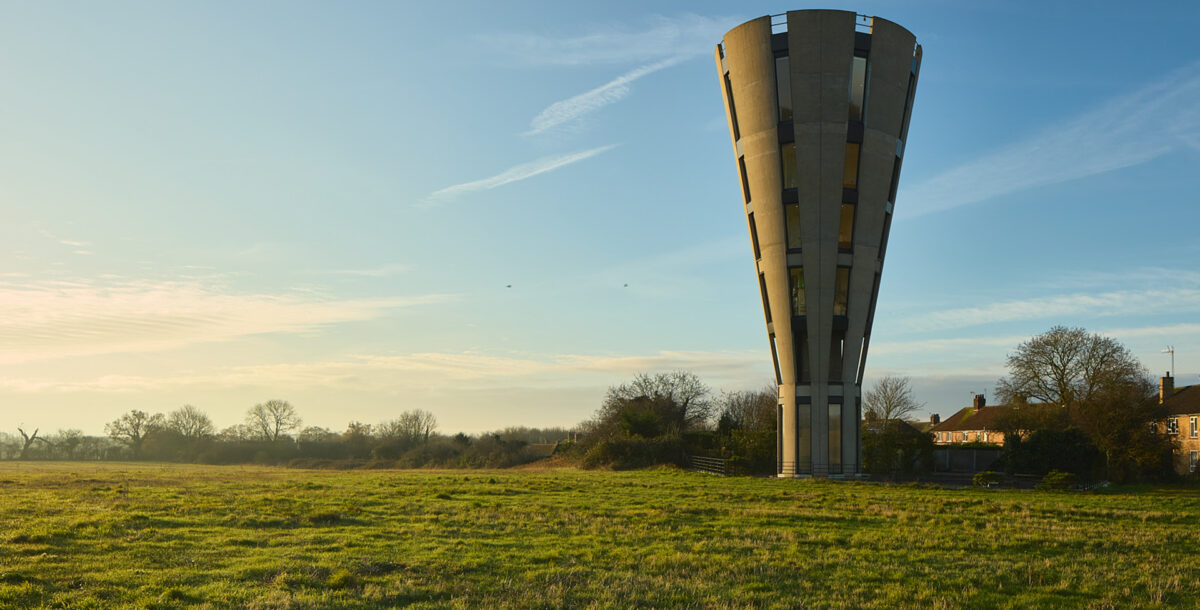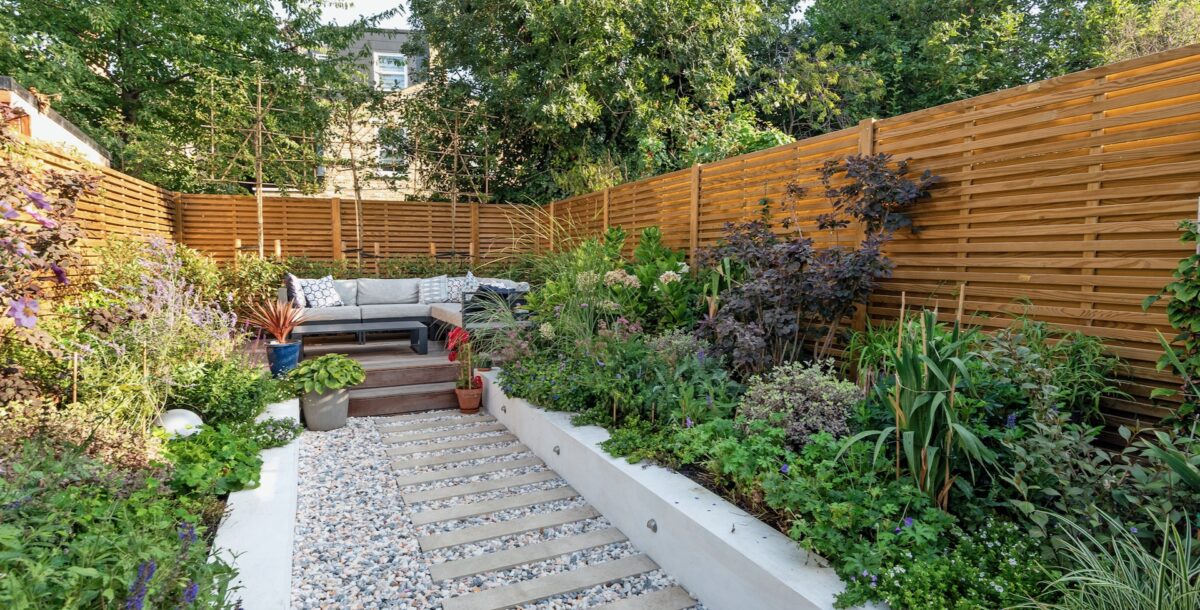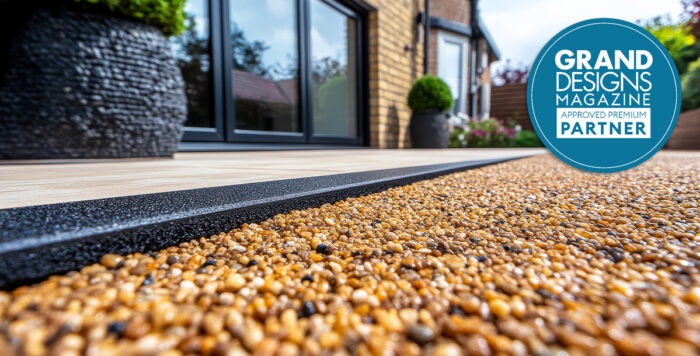Combining traditional architecture and contemporary design
Discover how combining traditional architecture with contemporary updates can enhance the character of your home
Discover how combining traditional architecture with contemporary updates can enhance the character of your home
Whether you’re planning to redesign a period property, add a modern extension to a traditional house or restore original features to boost your home’s character, successfully mixing old and new designs can be a difficult balancing act. Get it right, however, and you can create a unique space that embraces modern living while also respecting the building’s historic roots.
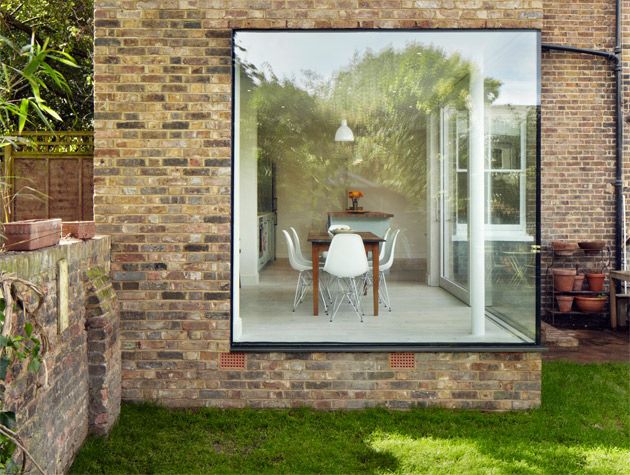
Credit: Cousins & Cousins architects (02074824009; cousinsandcousins.com)
Decorative ceiling roses, cornicing, panelling and original fireplaces are some of the most sought-after features within a period home and they can make a dramatic backdrop to more modern updates, such as contemporary furnishings, pendant lights or bold colour schemes. If these architectural features have been removed or are damaged, look at reinstating them with salvaged items or bespoke reproductions. If any pieces of the plasterwork details are intact, a specialist restoration company will be able to take a mould of the original and use this to create an exact replica. Take a look at companies such as Locker & Riley (01245 322 022; lockerandriley.com), which operates throughout the UK, or L Grandison & Son (01721 720 212; lgrandisonandson.co.uk) based in Scotland and the north of England.
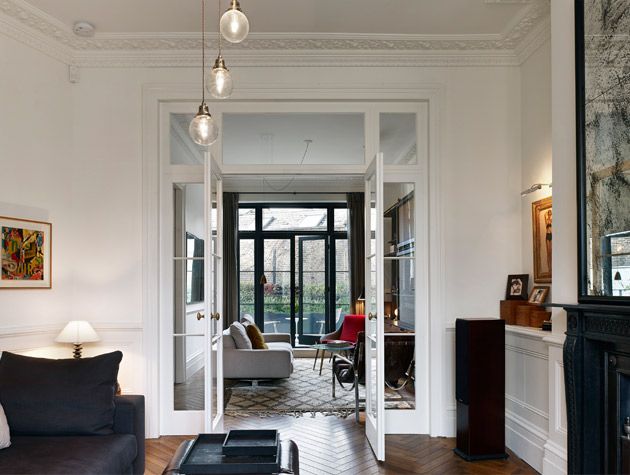
Credit: Stiff + Trevillion Architects (02089605550; stiffandtrevillion.com)
While it’s easy to see the appeal of these period features, when combined with more traditional room layouts featuring a series of small spaces, the overall effect can be at odds with the desire for flexible, open-plan living. Finding successful ways to expand the space without stripping away the character is therefore key if your aim is to maintain a sense of the property’s original style. When creating new openings between ground-floor spaces, for example, consider installing traditional-looking glazed doors or go more modern with a sleek pocket door system – try Eclisse (01476 565 497; eclisse.co.uk). Each solution will ensure the redesigned layout maintains a sense of its original configuration.
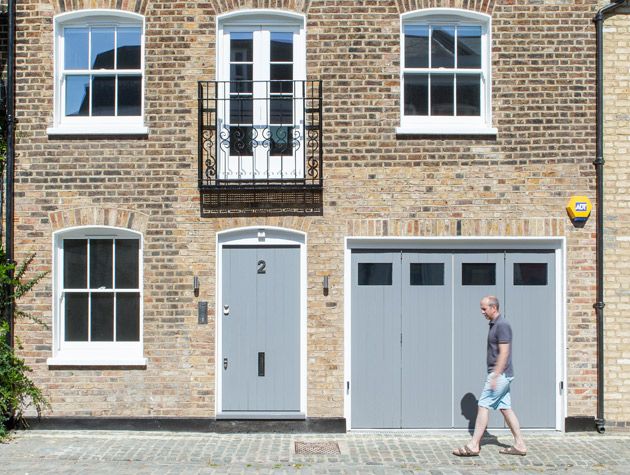
Credit: Lipton Plant Architects (02072881333; lparchitects.co.uk)
Adding extra space presents an opportunityto fuse elements of the old building with contemporary designs. Think about the combination of materials that will be used, such as an extension built with reclaimed bricks, but fitted with modern frameless glazing, or one separated from the original building by a band of structural glass, clearly marking the junction between old and new.

